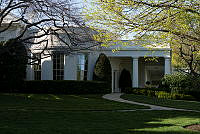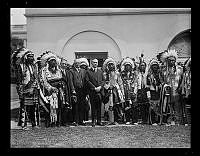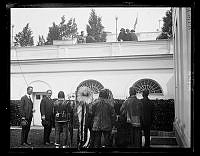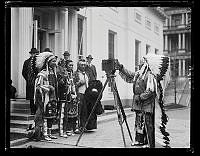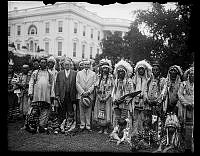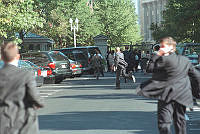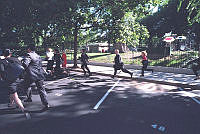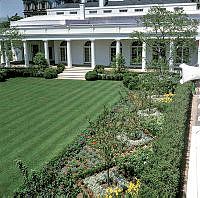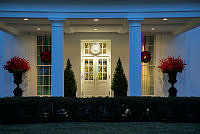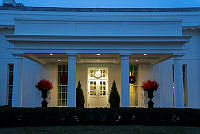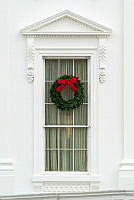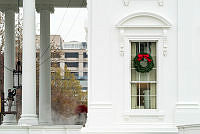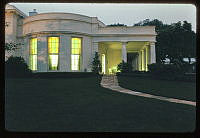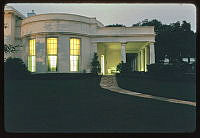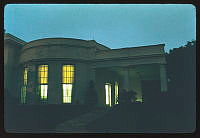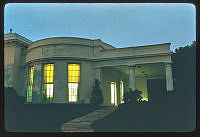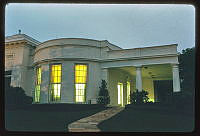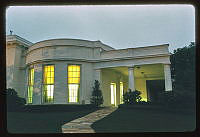Moment of Silence, September 11, 2019
In this photograph, a flag detail and a lone bugler from the United States Marine Band march across the South Grounds in front of the Rose Garden in advance of a moment of silence held on the South Lawn to commemorate the 18th anniversary of the terrorist attacks against the United States on September 11, 2001. In 2002, President George W. Bush designated September 11th as Patriot Day, a time that has been recognized through presidential proclamations as a national day of remembrance, prayer, and service. Presidents and first ladies typically commemorate the day through moment of silence observations on the White House South Lawn, and by attending remembrance ceremonies at sites affected by the terrorist attacks.
